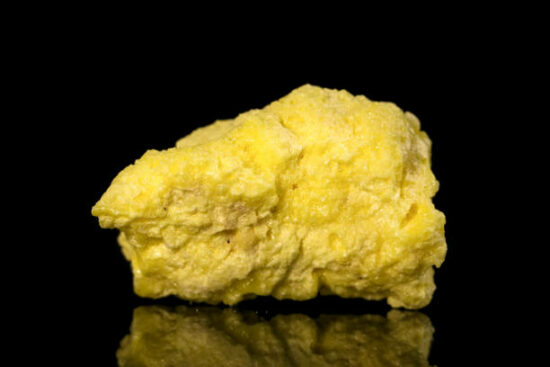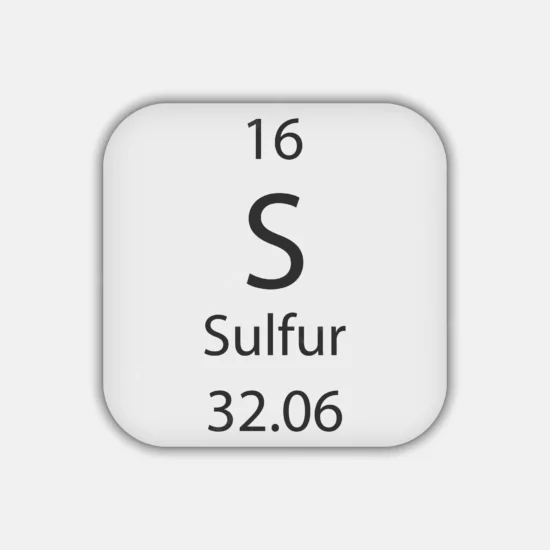Are you dealing with a sulfur smell in your water? Are you looking for an effective way to remove this unpleasant odor without resorting to costly repairs? If so, the answer may lie in a water filter.
In this blog post, we’ll discuss why a water filter may be the answer to your sulfur smell problem and provide some tips on finding the right one for your needs.

You can tell your water includes sulfur when it has a sulfurous odor, like decaying eggs. Hydrogen sulfide, which causes the stench, is produced by sulfur bacteria, an issue that well-water users most frequently experience. The water is safe to drink, although it isn’t particularly tasty.
Will a water filter remove the sulfur smell?
The sulfur odor in water can be eliminated with water filtering. About 10 mg/l of hydrogen sulfide can be eliminated by iron removal filters together with other impurities like iron and manganese.
Hydrogen sulfide will be converted to insoluble sulfur after being oxidized by the filter. The filter’s activated carbon will quickly remove the sulfur sediments.
How to test water for sulfur

Sulfur Stick, which looks like a vintage oral thermometer, can be used to test for sulfur. Each end has a glass tip that has to be snapped off. After that, pour some water into a glass, add the sulfur stick, and let it sit for about three minutes. Then check the sulfur level underneath the glass tube.
How to eliminate the sulfur smell in the water
Before choosing the sulfur treatment method, several factors are considered, such as the amount of sulfur present, the presence of iron and manganese in the water, etc. There are several ways to remove sulfur, and most use the oxidation principle.
Common procedures to enhance the oxidizing abilities of the water being treated and eliminate the sulfur smell include aeration, chlorine, ozone, and peroxide injections.
- Liquid chlorination: Removing medium to high levels of sulfur from well water is possible by using 5% to 10% chlorine (more than six mg/l). A backwashing carbon filter and a contact tank are necessary for the chlorination of water. The sulfur begins to precipitate after chlorine is added to the water supply. Although chlorine is a potent oxidizer and an effective disinfectant, it may be necessary to use a de-chlorinating carbon filter to produce chlorine-free water for drinking and cooking.
- Using Activated Carbon for Filtration: An activated charcoal filter might be all that is needed if the water contains only a small amount of hydrogen sulfide (less than 1 mg/l). It is well known that every activated carbon will, to some extent, release hydrogen sulfide from biogas. H2s will adsorb on the internal carbon surface in the presence of oxygen, where it will become saturated and be replaced. Ash constituents like iron oxide can hasten and improve the elimination of Hydrogen sulfide. A whole-house filter will reduce the levels of iron and hydrogen sulfide in your water by oxidation or adding chlorine to remove sulfur odor. While water free of sulfur flows from the faucets into the dishwasher, washing machine, and other appliances, pollutants are removed and flushed down the toilet.
- Aeration removal method: Hydrogen sulfide and iron (if in the water) are reduced to acceptable levels through aeration. This aeration system’s odor-free and iron-free water is satisfactory and requires no setline time because it operates on the oxidation principle.
- Backwashing filters: They are the most often utilized sulfur removal technique. The soluble sulfur is converted into solid particles by backwashing filters to be filtered out later. The pH of the water determines how quickly soluble sulfur changes into an insoluble form. A pH of more than 7 is necessary. However, a pH of 8 increases the likelihood that sulfur in the water supply will be successfully removed.
- Hydrogen Peroxide: One of the best methods for eradicating sulfur from well water is hydrogen peroxide, which eliminates sulfur, manganese, and iron. Since hydrogen and oxygen make it up, hydrogen peroxide cannot be categorized as a dangerous chemical. There are no chemicals added to the water supply during the sulfur treatment. Practically any issue with sulfur, iron, or manganese in water can be solved with a high-quality hydrogen peroxide system.
- Ozone: Ozone is a strong oxidant that also works well on huge levels of sulfur. As a pre-treatment before water filtration, ozone is injected into the water supply. Compared to other techniques of filtering, an appropriately sized and high-quality ozone generator can easily handle large concentrations of sulfur water.
- Ion-exchange: People ask themselves, “Will a softener filter remove the sulfur odor from my well water?” before purchasing this equipment. Regular home water softeners cannot get rid of sulfur smells from water. When the sulfur releases potent odors, it is preferable to shock the well with hydrogen peroxide or chlorine bleach. These should keep the smell at bay for up to two months; activated charcoal filters with peroxide injections are used for longer-term therapy.
Conclusion
The finest sulfur removal technology is whole-house filtration with activated carbon. The best way to eliminate the smell of rotten eggs in your well water is to install whole-house carbon filters that handle hydrogen sulfide gas and sulfur bacteria.

Jay
Jay is a health and wellness enthusiast with expertise in water quality and nutrition. As a knowledgeable advocate for holistic well-being, Jay successfully manages Type 2 Diabetes through informed lifestyle choices. Committed to sharing reliable and authoritative insights, Jay combines firsthand experience with a passion for enhancing health."
